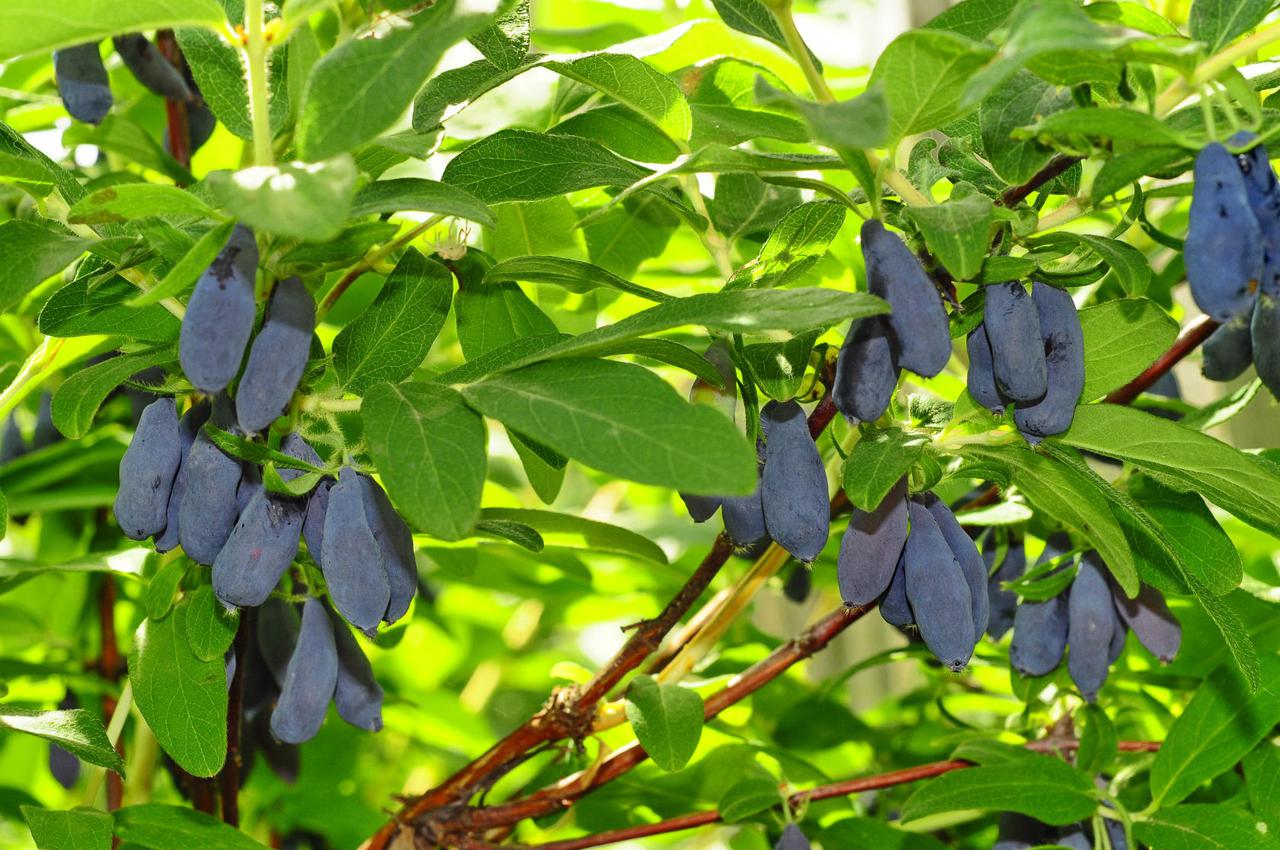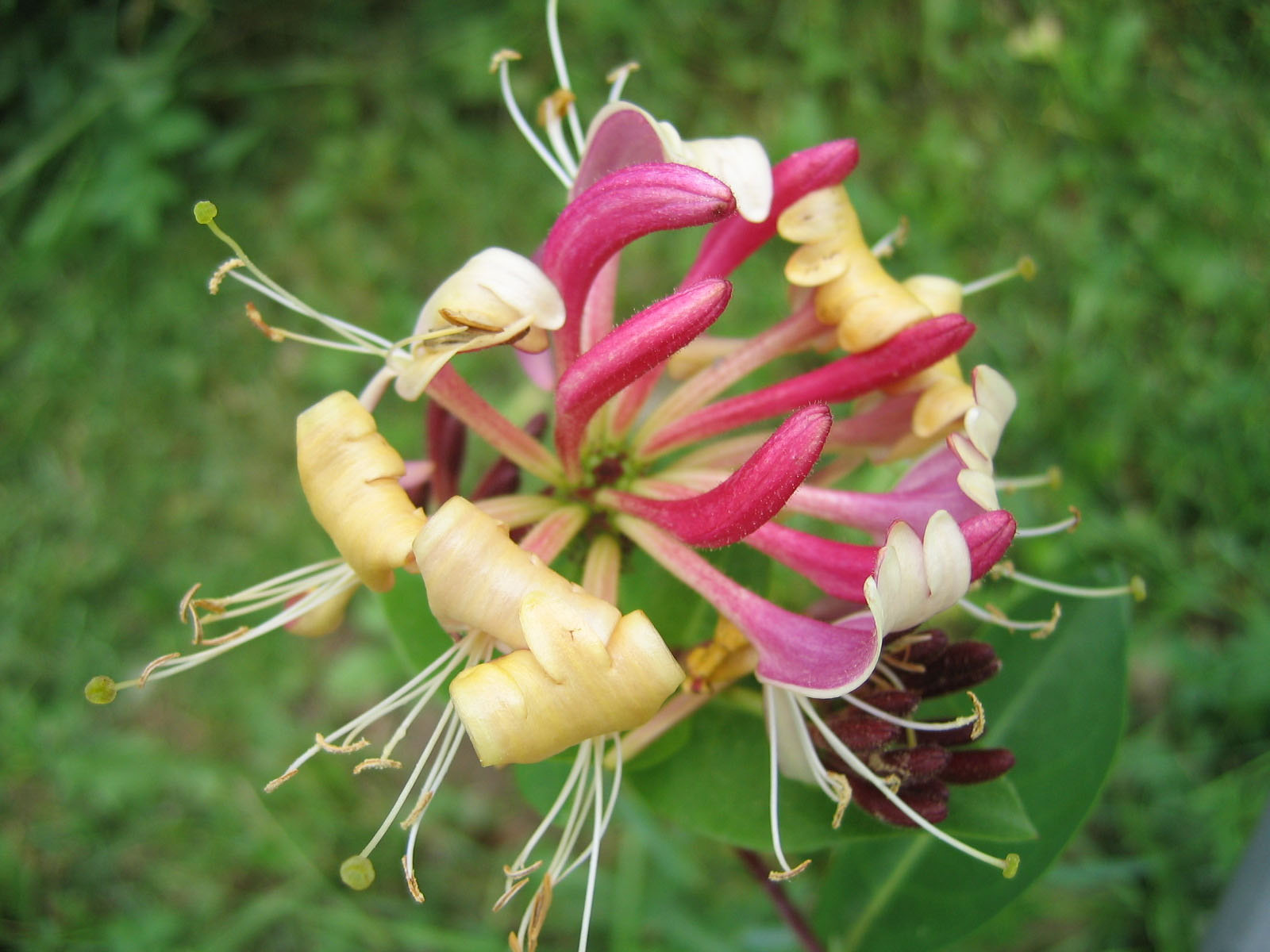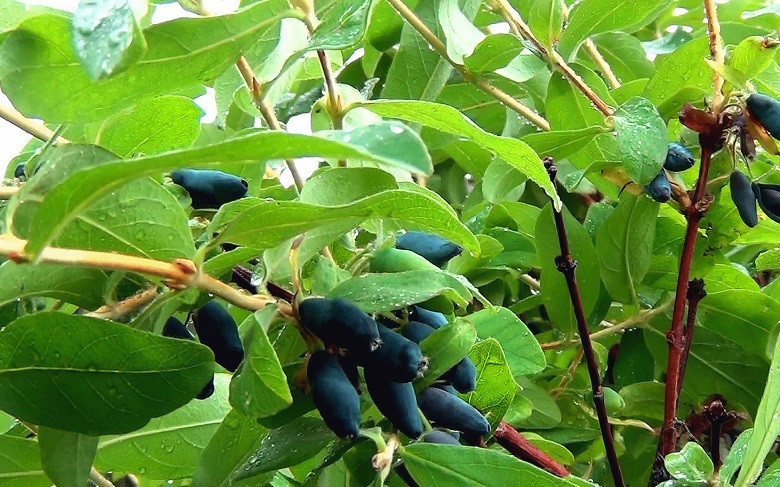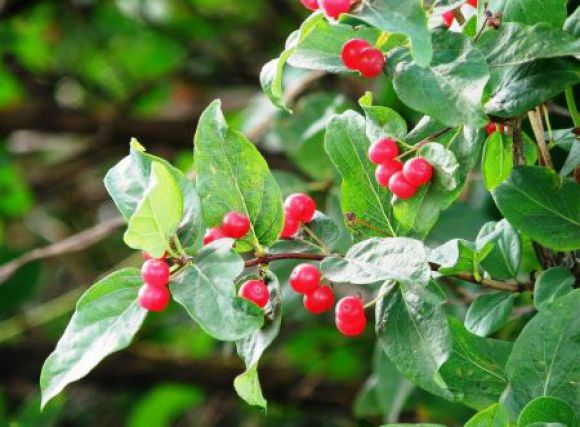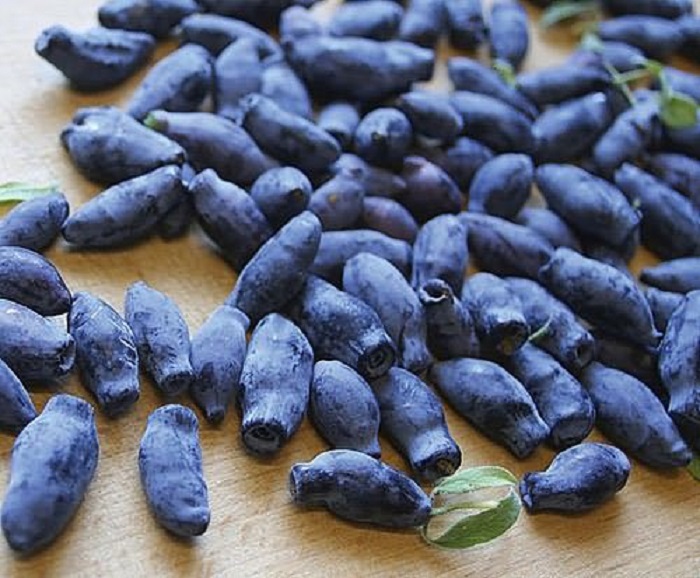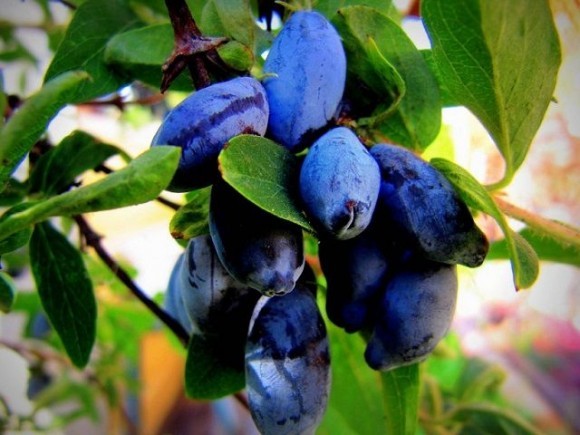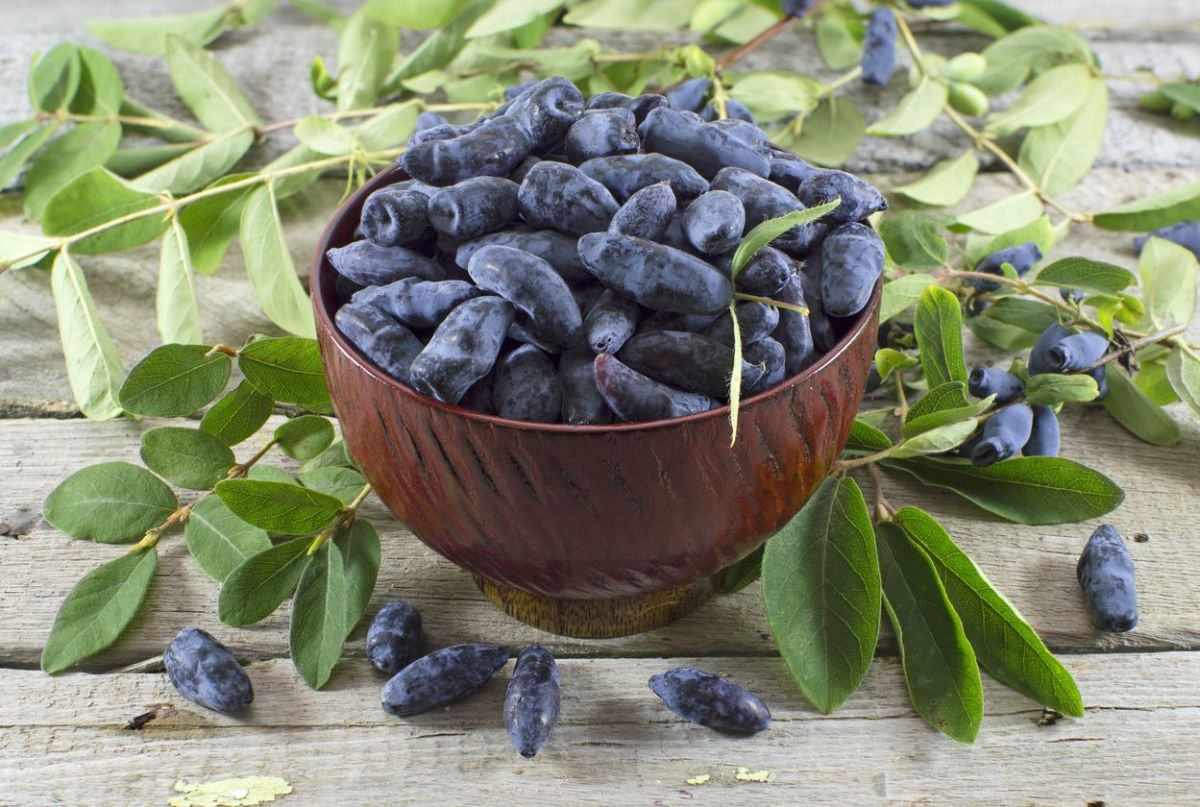Content:
Morena's honeysuckle is the result of the work of domestic breeders, who set themselves the task of obtaining a high-yielding and frost-resistant variety, the fruits of which would be distinguished by good taste. The idea was a success, and the bred plant fully met all these parameters. Soon it already "settled" in the gardens of summer residents and gardeners.
The history of the creation of the variety
The Morena honeysuckle variety was bred in the city on the Neva - St. Petersburg. Scientists M.N. Plekhanov and A.V. Kondrikov, who carried out work at the research center. Vavilov. In 1995, the shrub was included in the State Register. Cultivation is carried out in all regions of the country.
The mysterious name of the Morena variety is interpreted in different ways. According to myths, the wife of Kashchei and the goddess of death bore this name. Geologists use this term to describe the accumulation of rocks formed by the movement of ice. From Spanish, this word is translated as a brunette or a dark-skinned woman.
Description of the variety
If you decide to start Morena honeysuckle on the site, you will have to study the description of the variety more thoroughly, as well as the individual characteristics of cultivation. The height of the bush reaches 170 cm. Its diameter is the same, which gives the plant the appearance of a hemisphere. Honeysuckle leaves are large, dark green in color. The skin on beautifully curved shoots is brown-green in color. This gives Moraine decorative properties and allows the plant to be used in landscape design.
In order for the Morena honeysuckle variety to produce a bountiful harvest of fruits, another pollinator variety must be planted next to it. As it is used:
- Malvina;
- Blue bird;
- Blue Spindle;
- Viola and others.
The main requirement is that the timing of flowering and ripening of the pollinator and the moraine coincides. Our honeysuckle is classified as an early ripening variety. The first harvest can be enjoyed in mid-June, but depending on weather conditions and the region, this period can be significantly shifted. Thus, the Kamchatka Morena honeysuckle ripens much later than the one planted in the south of the country.
The characteristics of Morena berries indicate that their length reaches 3 cm, and their weight is 2 grams. The shape of the fruit is like a jug. At the stage of technical ripeness, they have a beautiful blue-blue color, the skin is dense. The pulp is distinguished by its high taste, tender, without bitterness. The taste of berries is sweet and sour, the aroma is weak. Perfectly transportable and suitable for long-term storage.
Edible honeysuckle Morena is not very productive. On average, each bush yields 1.5 kg of berries, but with proper care and suitable weather conditions, this figure rises to 2.5 kg. But the crop can be stored on the branches for a long time and not crumble, without losing the taste and marketability.
Advantages and disadvantages of the variety
The edible Morena honeysuckle variety becomes more difficult every year to compete with new varieties. However, some advantages provide her with a place in the garden of even the most demanding summer resident:
- reliable and time-tested variety;
- suitable for cultivation in all regions;
- stable yield, independent of weather factors;
- excellent frost resistance;
- the harvest is large and does not crumble for a long time;
- increased resistance to aphids;
- undemanding cultivation and care;
- high taste;
- increased content of nutrients in fruits.
The disadvantages of Morena include the fact that its fruits do not grow large enough, in relation to other varieties. It is also self-fertile and requires planting a number of pollinator varieties, but this minus is inherent in all edible honeysuckle.
Landing features
Planting of Morena honeysuckle is carried out according to the scheme: the distance between plants is 2 meters, in the aisles - 3 meters. A landing hole is dug with a diameter of half a meter and the same depth. 10 liters of humus, 100 grams of superphosphate and about 30 grams of potassium are preliminarily placed on the bottom of it.
The resulting mixture is formed in the form of a mound, on which the seedling is set and the roots are straightened. The root collar is not deepened more than 3 cm. After planting, the young plant is watered with a bucket of water at room temperature and mulched.
As for the choice of soil, the plant is unpretentious and produces a crop even on depleted soil, but its amount is noticeably reduced. It is better to plant honeysuckle in a sunny area, protected from drafts and winds. In this case, the fruits are larger and sweeter. Planting is carried out at the end of August-September, because the growing season of honeysuckle begins very early. In spring, survival rate is much worse.
Care
Caring for honeysuckle is not difficult, the main thing is to learn how to properly shape and cut the shrub. As soon as the snow melts, it is already starting to grow, therefore all work is carried out after the leaves fall. The Morena variety is not prone to thickening, therefore in the first 4 years of life it is not touched at all. It is impossible to shorten the length of the shoots, since ovaries are formed on last year's shoots. When pruning them, the yield is significantly reduced.
5 years after planting the honeysuckle, the grower must remove:
- branches bent horizontally to the ground;
- shriveled or broken twigs;
- old or stunted shoots that do not give growth.
If the bush has few fertile branches, the old ones are not removed, but shortened. Every year the plant is examined and all diseased or damaged branches are removed from it, as well as shoots growing inside the bush and thickening it. From the age of seven, every season, a couple of old shoots are removed from Morena, replacing them with an equal number of young ones. Such shaping and trimming not only contribute to better ventilation of the honeysuckle, but also heal it.
In spring, Morena honeysuckle is fertilized with wood ash rather than nitrogen fertilizers. After all, the plant begins to bear fruit early, and for this it needs phosphorus and potassium. As soon as the soil warms up in the sun, you can fertilize it with organic fertilizing, and mulch it with compost or any humus.
Watering of Morena's honeysuckle is most actively carried out during the formation of ovaries, as well as after harvesting. It is advisable to moisten the soil in the autumn, before the onset of persistent cold weather. 2-3 buckets of water are poured under each bush, it all depends on how well the soil absorbs moisture.
Honeysuckle varieties Morena shows increased resistance to diseases, pests are also not afraid of it. In winter, the plant does not require additional shelter, demonstrates excellent frost resistance even in a harsh climate. The exception is years with abundant rainfall and increased dampness. In this weather, powdery mildew and rust can attack the honeysuckle.
Also, young shoots attack aphids, spider mites and whiteflies.For aphids, juicy branches of plants overfed with nitrogen fertilizers are attractive. After harvesting the fruits or before the formation of ovaries, the shrub can be treated with a fungicide. But during the fruiting period, chemical preparations are prohibited. They resort to the help of biologically safe means: Fitosporin or Gamair. Pests are fought by spraying honeysuckle with Rogor, Fitoverm or Zircon.
It is worth starting to fertilize honeysuckle only from the third year of growth. Prior to this, the plant has enough nutrients and fertilizers introduced into the hole during planting. Top dressing with nitrogen content is applied once a year. As soon as the snow begins to melt, they are scattered over the surface under the bush. But potassium and phosphorus are needed much more, therefore, by the end of summer, 1.5-2 glasses of wood ash are laid under each bush, as well as several tablespoons of superphosphate. If poor soil prevails on the site, then a bucket of compost or any humus is introduced during the flowering period.
Reproduction
Reproduction of Morena honeysuckle is done in the following ways:
- seeds;
- dividing the bush;
- layering;
- cuttings.
To get a new bush from the layers, you should sprinkle the lower shoots with a layer of soil at the beginning of spring. Seeds are harvested as the berries ripen. Sowing them is carried out immediately. However, the most effective method of propagation is considered to be cuttings. Best of all, green twigs take root, which are harvested at the end of May or at the very beginning of June.
Harvesting and storage
Morena, along with edible varieties such as Titmouse and Tomichka, is recognized as one of the best varieties of honeysuckle. Unfortunately, she has a very short harvest period. Although this variety is characterized as not prone to shedding, the berries cannot hang on it all summer. If you collect it every other day, then in 2 or 3 doses you can remove all the berries. Fresh in the refrigerator, they are stored for a maximum of 3 days, but it is in this form that they contain the greatest amount of nutrients and trace elements.
Fresh Morena honeysuckle can be consumed as follows:
- grind the berries with sugar;
- mix with milk;
- prepare fruit drink or cocktail;
- cook jam;
- freeze in the freezer;
- dry.
Morena honeysuckle jam has a bright and memorable taste. They can not only pamper your family, but also surprise guests. These berries contain a lot of tannins, sugars and organic acids. Honeysuckle has found wide application in folk medicine due to its chemical composition.
